Malaysian photographer Phong Yap Hui (馮業輝) on Aug. 12 unveiled his latest time-lapse work, titled Taiwan II, featuring striking scenery from across the nation.
He said the video is his way of thanking his Taiwanese fans and the nation where he studied.
It is the fifth time-lapse video about Taiwan that Phong uploaded on his YouTube channel (https://rb.gy/zmsq48).
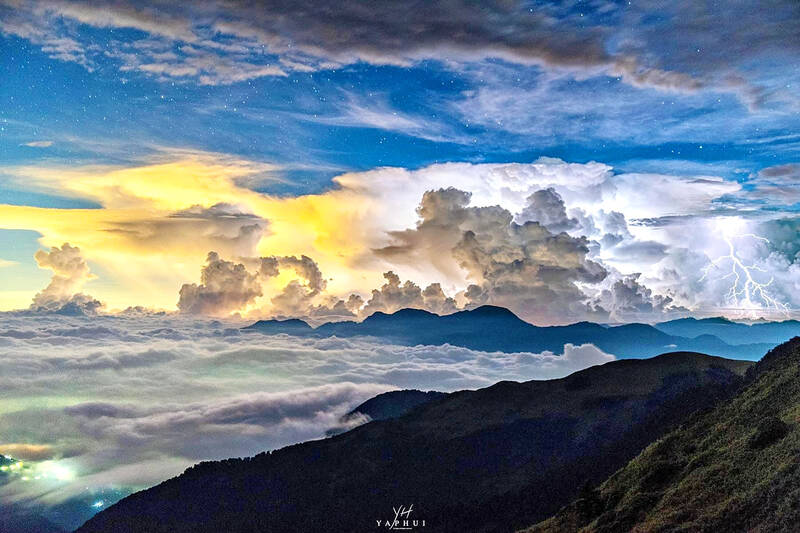
Photo courtesy of Phong Yap Hui via CNA
The high-resolution videos document the 25-year-old’s travels around Taiwan since his arrival in 2015, when he enrolled at National Chin-Yi University of Technology to study electrical engineering.
Phong’s first foray into the hobby came as a result of being put in charge of taking photographs at a social function organized by the school’s department of electrical engineering, he said.
Since delving into photography, he found himself deeply engrossed by the art form and began researching styles and methods, while taking up odd jobs to save money to upgrade his gear, Phong said.
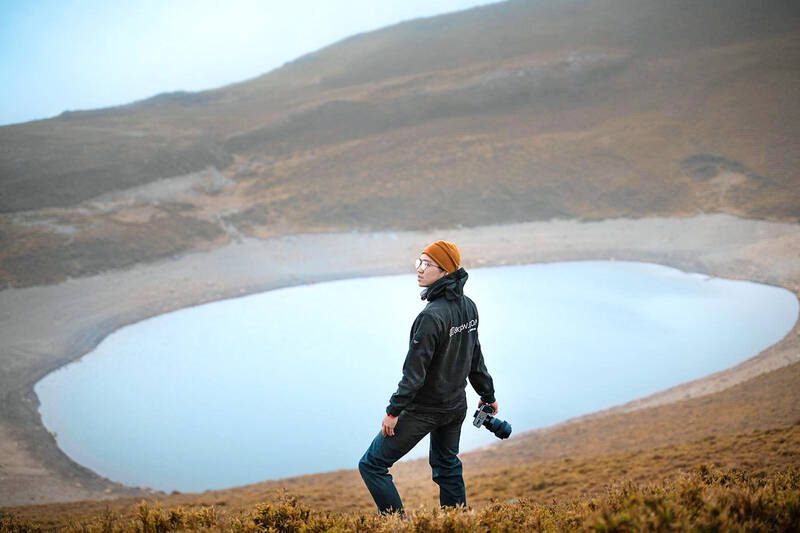
Photo courtesy of Phong Yap Hui via CNA
He said he was inspired to record the time-lapse videos after watching Beyond Beauty: Taiwan from Above (看見台灣) by documentary filmmaker Chi Po-lin (齊柏林) as well as the works of Taiwanese photographer Louis Chen (陳志通).
“I didn’t want to just come to Taiwan to study and end the experience mundanely,” Phong said. “I wanted to leave behind something different.”
During his four years of study, Phong visited various cities and counties, and carried more than 20kg of photography equipment up mountains and to remote coasts.
He uploaded his first Timelapse Taiwan video to YouTube in 2018 and followed with two more in 2019, all shot in 4K ultra-high definition.
The videos feature famous scenery, such as the “sea of clouds” seen from the peak of Hehuanshan (合歡山), as well as the sunrise filmed from Longpan Park in Pingtung County’s Kenting (墾丁) and from Nantou County’s Sun Moon Lake (日月潭).
The creation of the videos came about by accident, Phong said.
He broke three of his teeth in a traffic accident during the summer break between his sophomore and junior years.
He had to rest in bed for three weeks, while his family in Malaysia pressured him to sell his equipment and give up photography, he said.
Feeling upset and with plenty of time on his hands, Phong compiled the materials he had collected for more than a year in a video and uploaded it on YouTube.
To his surprise, the videos went viral on Facebook travel pages, and soon he attracted the attention of Taiwanese and Malaysian media, which put his family members at ease and convinced them to support him in his pursuits.
Following the success, he re-edited the material and re-released them in higher resolution, Phong said.
In 2020, before leaving for New Zealand to continue his studies, Phong uploaded the video Taiwan on YouTube, attracting 2.61 million views.
Phong said he promised to return to Taiwan last year following the praise he received from Taiwanese.
After spending the past year-and-a-half traveling around Taiwan and taking photographs, Phong uploaded Taiwan II on Aug. 12.
While a few of the scenes are from older materials, the majority of the video offers new images from across the country, such as fireflies and fireworks.
Phong said he likely circled Taiwan proper 100 times and traveled more than 100,000km to capture the images for his four videos.
He said he climbed Hehuanshan at least 200 times, as it is his favorite location to shoot.
As city and county governments acknowledged his work, he was able to gain access to areas that require special permission, such as the Heping Island Park (和平島公園) in Keelung.
However, while his alma mater in Taiwan helped him obtain a visa during the COVID-19 pandemic, the short duration of the visa forced him to extend it seven times, which at one point left him on the brink of deportation.
Phong said he secured a working visa in February to enable him to work in Taiwan for an extended period, adding that he wishes to capture as much of the beauty of the country as he could.
“Loving Taiwan is not a catchphrase, but an action to be taken,” he said.
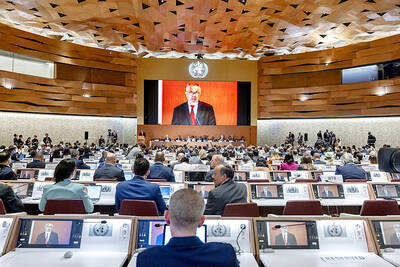
RESOLUTIONS DEBATE: Taiwan’s allies said that UN and WHA resolutions cited by China and other nations ‘do not determine Taiwan’s participation in WHO activities’ A proposal to invite Taiwan to this year’s World Health Assembly (WHA) was rejected on Monday, resulting in Taipei’s absence from the annual meeting for a ninth consecutive year, although partners spoke up for Taiwan’s participation at the first day of the meeting. The first agenda item after the opening was a “two-on-two debate” on a proposal to invite Taiwan to participate at the WHA as an observer. Similar to previous years, two countries made statements in favor of the proposal, while two others expressed their opposition. Philippine Secretary of Health Teodoro Herbosa, president of the 78th WHA, accepted the WHA General Committee’s
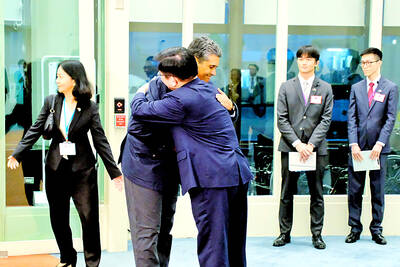
Palauan President Surangel Whipps Jr arrived in Taiwan last night to kick off his first visit to the country since beginning his second term earlier this year. After arriving at Taoyuan International Airport at around 6:30 pm, Whipps and his delegation were welcomed by Minister of Foreign Affairs Lin Chia-lung (林佳龍). Speaking to gathered media, the Palauan leader said he was excited and honored to be back in Taiwan on his first state visit to Taiwan since he was sworn in this January. Among those traveling with Whipps is Minister of State Gustav N. Aitaro, Public Infrastructure
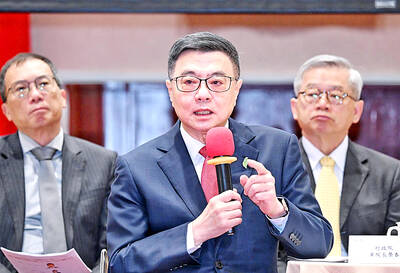
Premier Cho Jung-tai (卓榮泰) on Friday laid out the Cabinet’s updated policy agenda and recapped the government’s achievements ahead of the one-year anniversary of President William Lai’s (賴清德) inauguration. Cho said the government had made progress across a range of areas, including rebuilding Hualien, cracking down on fraud, improving pedestrian safety and promoting economic growth. “I hope the public will not have the impression that the Cabinet only asked the legislature to reconsider a bunch of legal amendments,” Cho said, calling the moves “necessary” to protect constitutional governance and the public’s interest. The Cabinet would work toward achieving its “1+7” plan, he said. The
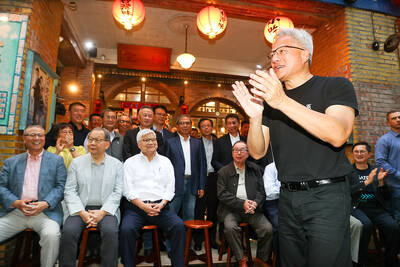
Nvidia founder and CEO Jensen Huang (黃仁勳) hosted a dinner in Taipei last night with key Taiwanese suppliers to celebrate the successful mass production of the company’s new Blackwell AI systems. Speaking to the media earlier yesterday, Huang thanked Nvidia’s Taiwanese partners for their contributions to the company’s ecosystem, while also sharing his plans to meet with Taiwan Semiconductor Manufacturing Co (TSMC) founder Morris Chang (張忠謀). In response to rumors that Nvidia will launch a downgraded Hopper H20 chip for China in July, Huang dismissed the reports, saying, “That is not true.” He clarified that there